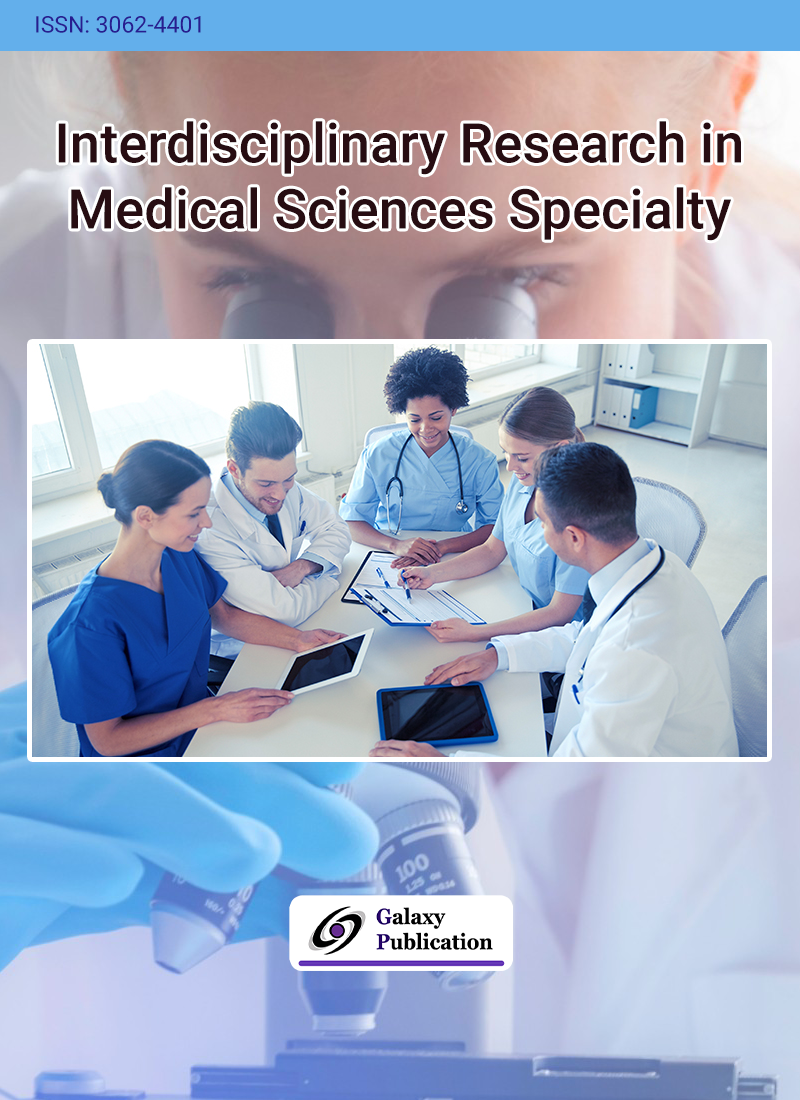
Noise-induced hearing loss (NIHL) refers to hearing impairment caused by either a sudden traumatic noise event or long-term exposure to elevated sound levels. Such exposure can lead to irreversible damage to the inner ear, resulting in permanent changes to hearing thresholds. Several factors contribute to the risk of developing NIHL, including individual characteristics such as genetic predisposition, age, gender, and lifestyle, as well as environmental factors such as the duration, intensity, and frequency of the noise. This review examines recent global research on the causes, risk factors, diagnosis, and management of NIHL. Databases including PubMed, EBSCO, Science Direct, Web of Science, and the Cochrane Library were used to collect studies. Using Rayyan QCRI, research papers were initially screened by title and abstract before undergoing a full-text review. 11 studies, involving participants of various ages and genders, were included for analysis. The findings highlight the high prevalence of NIHL among workers in noisy environments, with primary risk factors being the type, volume, and duration of noise exposure. In addition, behaviors such as smoking and alcohol use were found to significantly affect hearing function.